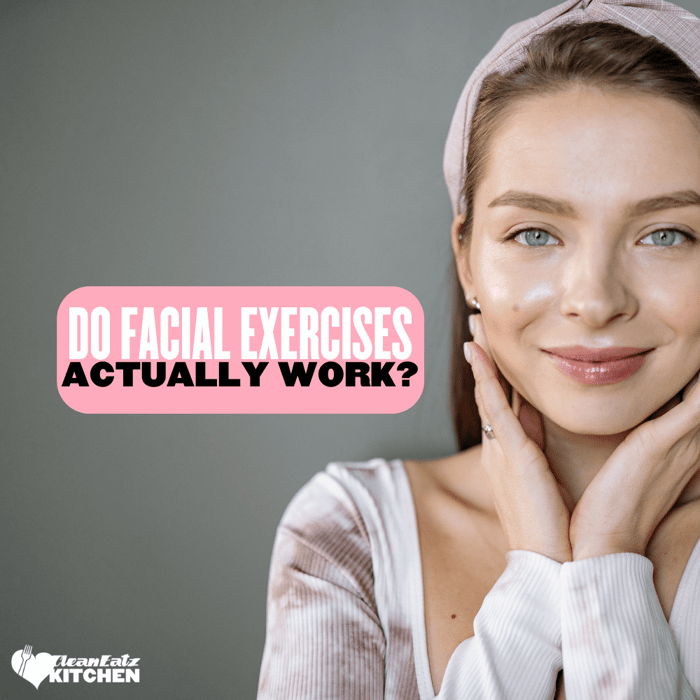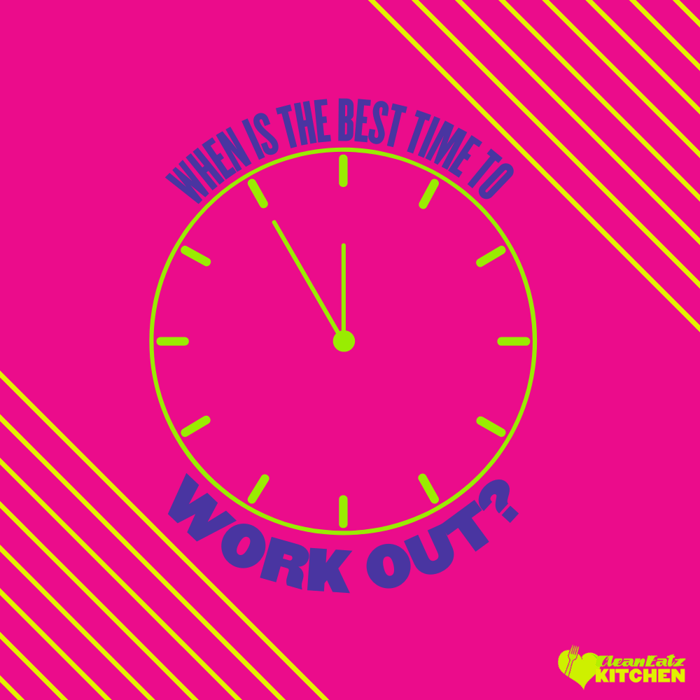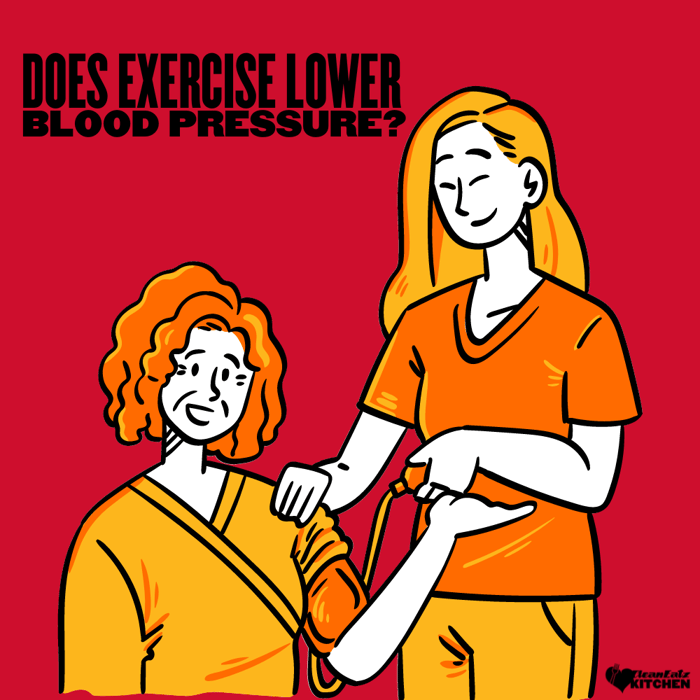What the evidence says
- Small pilot data: A 20-week Northwestern study (non-randomized; 16 finishers, women 40–65) reported upper/lower cheek fullness improvements and an average ~2.7-year decrease in estimated age after 8–20 weeks of a 30-minute routine (daily, then every other day). JAMA Dermatology 2018.
- Reviews are mixed/low-quality: Earlier reviews concluded evidence was insufficient for rejuvenation; newer reviews suggest potential benefits but still call for larger, well-controlled RCTs. Aesthetic Surgery Journal 2014; Korean PT Journal 2021; Systematic review 2024.
- New exploratory data: An 8-week “face yoga” pre-experimental trial (n=12) measured changes in facial muscle tonus/stiffness/elasticity—interesting but very small and not definitive. Medicina 2025.
What facial exercises can (and can’t) do
- May modestly enhance midface fullness with consistent, time-intensive routines (see the 20-week pilot above).
- Will not spot-reduce facial fat. “Double-chin” reduction comes from overall fat loss and/or clinical procedures—not from moving the area alone. (Juice-only cleanses and “face fat burners” won’t target the face.)
- Cannot reshape adult bone structure (e.g., “mewing” claims). Tongue posture is fine for nasal breathing, but it won’t sculpt an adult jawline.
Risks & cautions (TMJ, wrinkles)
- Dynamic wrinkles: Repetitive expressions can etch lines as skin loses elasticity. Favor gentle holds/isometrics over aggressive grimacing.
- TMJ & jaw devices: Avoid hard chewing gadgets and extreme jaw workouts—these can aggravate TMJ symptoms (clicking, pain) or bite issues. If you have jaw pain, stop and see a dentist/ENT.
- Recent procedures/skin conditions: If you’ve had injectables, surgery, or have active dermatologic conditions, clear any routine with your provider first.
If you want to try them: a gentle plan
- Keep it short: 5–10 minutes, 5 days/week for 6 weeks. If you enjoy it and tolerate it well, extend toward 15–20 minutes.
- Focus on safe moves: soft brow lifts, gentle cheek “lifts” (smile-hold without pulling skin), relaxed neck posture work. No tugging/pinching.
- Track, don’t tug: Neutral-light before/after photos monthly; stop if you notice irritation, jaw fatigue, or headache.
- Pair with basics: SPF 30+, nightly cleanse + moisturizer; consider a topical retinoid if appropriate; prioritize sleep and protein.
Better basics for skin & contour
- Sunscreen daily (SPF 30+), shade, and consistent skincare.
- Strength train + protein to support overall body composition; our high-protein meal plans and protein-forward snacks make it easy to hit targets—see exact macros on Nutrition Info.
- Debloat smartly: Moderate sodium/alcohol, keep hydration up, and watch late-night ultra-processed snacks that can cause morning puffiness.
- Neck/face posture: Gentle chin tucks, screen-height tweaks, and relaxed jaw (teeth apart, tongue resting—not forcefully pressed) can help comfort.
FAQs
Do facial exercises work?
They might produce small improvements (e.g., cheek fullness) with consistent practice, but the evidence is limited and largely from small or uncontrolled studies. Use them as a complement to proven basics, not a replacement for sunscreen, sleep, or medical care.
Can they reduce a double chin or slim my face?
No. Spot reduction isn’t supported; facial fat changes follow overall fat loss patterns. If this is your goal, combine nutrition, resistance training, and sustainable activity; consult aesthetic professionals for procedure options if desired.
Is “mewing” effective?
There’s no good clinical evidence that mewing reshapes an adult jawline; major orthodontic groups advise skepticism. Normal tongue posture is fine; avoid extreme forces or DIY devices.
Are facial exercises safe?
Gentle routines are generally low risk, but stop for pain, clicking, or headaches. People with TMJ issues, recent facial procedures, or derm conditions should consult their provider first.
References
- Alam M, et al. Association of Facial Exercise With the Appearance of Aging. JAMA Dermatology, 2018.
- Van Borsel J, et al. Effectiveness of Facial Exercises for Facial Rejuvenation. Aesthetic Surgery Journal, 2014.
- Lim HW, et al. Effects of Facial Exercise for Facial Muscle Strengthening and Rejuvenation. Korean PT Journal, 2021.
- Manincor EO, et al. Facial exercises for rejuvenation: a systematic review. Revista CEFAC, 2024.
- Güzel HÇ, et al. Intensive Face Yoga (pre-experimental). Medicina, 2025.
- American Academy of Dermatology. Reduce premature skin aging.
- Mayo Clinic. Wrinkles: causes, 2023.
- Spot reduction debate: University of Sydney explainer (2023); Abdominal endurance RCT suggesting regional change (2023).
- Mewing skepticism & risks: American Assoc. of Orthodontists (2025); Washington Post (2025); WebMD.
- Jawline devices/TMJ cautions: DrBicuspid; Healthline; Shape; Verywell Health.
Educational content only; not medical advice.




